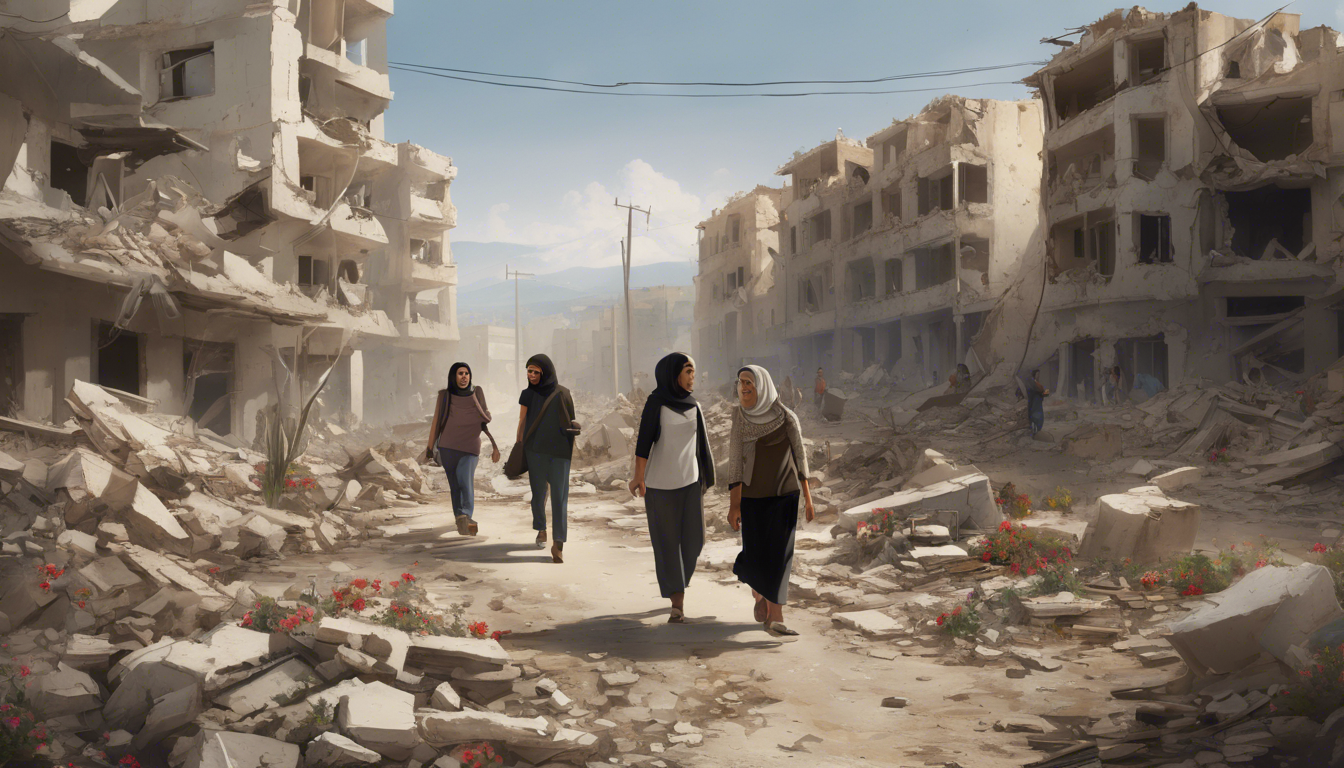The recent cease-fire between Israel and Hezbollah represents a glimmer of hope for the people of Lebanon who have endured a year of relentless conflict.
With over five million individuals displaced, the return of civilians to war-torn regions following the cessation of hostilities brings mixed emotions—joy at returning home, yet unease about the devastation left behind.
This article explores the profound impact of the cease-fire on Lebanese civilians and the myriad challenges they confront as they seek to rebuild their lives amidst the ashes of war.
Key Takeaways
- The cease-fire in Lebanon offers a fragile respite, allowing some displaced civilians to return home after a devastating conflict.
- Returning residents confront the harsh reality of destruction and loss, often finding their neighborhoods in ruins.
- Emotions among returnees oscillate between joy at returning and sorrow for those who did not survive the conflict.
The Impact of the Cease-Fire on Civilians
The recent cease-fire between Israel and Hezbollah, which commenced on Wednesday, has brought a fragile pause to a year-long conflict that caused immense suffering and destruction throughout Lebanon.
As civilians make their way back to their war-torn communities in southern Lebanon and around Beirut, the emotional landscape is incredibly complex.
While some are filled with relief and joy at returning home, many face daunting fears about the conditions awaiting them.
Reports indicate that approximately 25% of Lebanon’s population, over five million people, have been displaced due to the ongoing conflict.
As residents return to areas heavily bombed by Israeli forces, they are greeted with neighborhoods in ruins, many buildings either severely damaged or completely destroyed.
The lingering smoke from recent airstrikes serves as a chilling reminder of the violence that occurred despite the cease-fire.
In the face of such harrowing realities, individuals like Hanna Trad express gratitude for the chance to return, but she also mournfully reflects on the loss of neighbors and friends, epitomizing the stark contrasts of returning home amidst sorrow and devastation.
This complex interplay of emotions not only highlights the personal toll of the conflict but also underscores the broader humanitarian crisis facing countless families trying to rebuild their lives.
Challenges Faced by Returning Residents
Returning to a home ravaged by conflict presents a multitude of challenges for residents, complicating an already arduous journey.
Upon arriving in their devastated neighborhoods, many returning families are confronted with more than just damaged structures—basic utilities such as electricity and water may be completely absent.
Humanitarian aid and rebuilding efforts have only just begun, leaving many individuals to navigate a precarious environment where basic necessities and proper safety measures are questionable.
Furthermore, the psychological impact of returning to a site of trauma cannot be overstated; survivors often grapple with grief and PTSD as they re-enter spaces associated with their loss.
This atmosphere of uncertainty extends into practical concerns, including the looming threat of renewed conflict that may disrupt any attempts at stability.
In light of these challenges, it is imperative for returning residents to seek community support, explore available aid resources, and engage with local organizations dedicated to helping families rebuild their lives.











